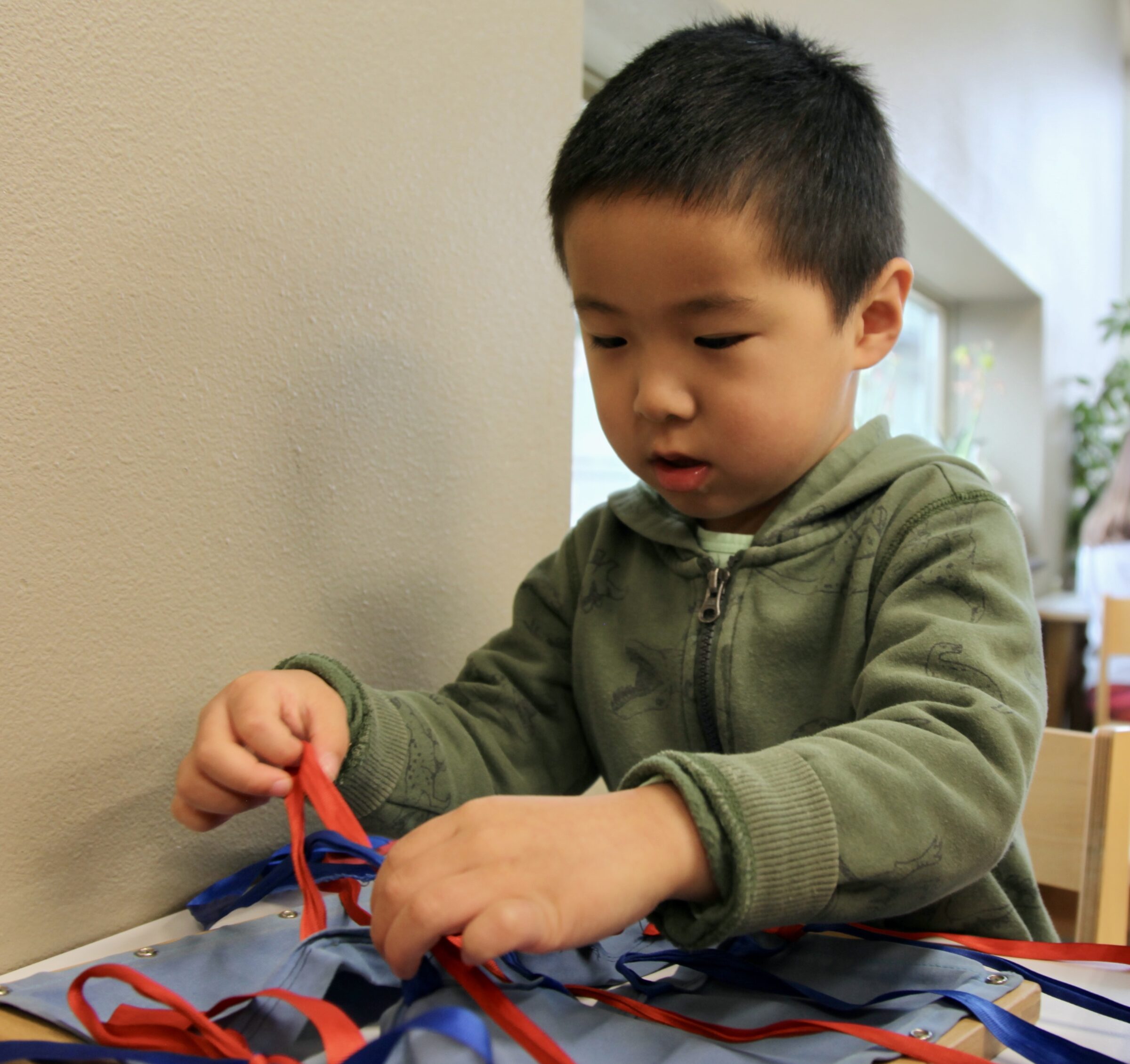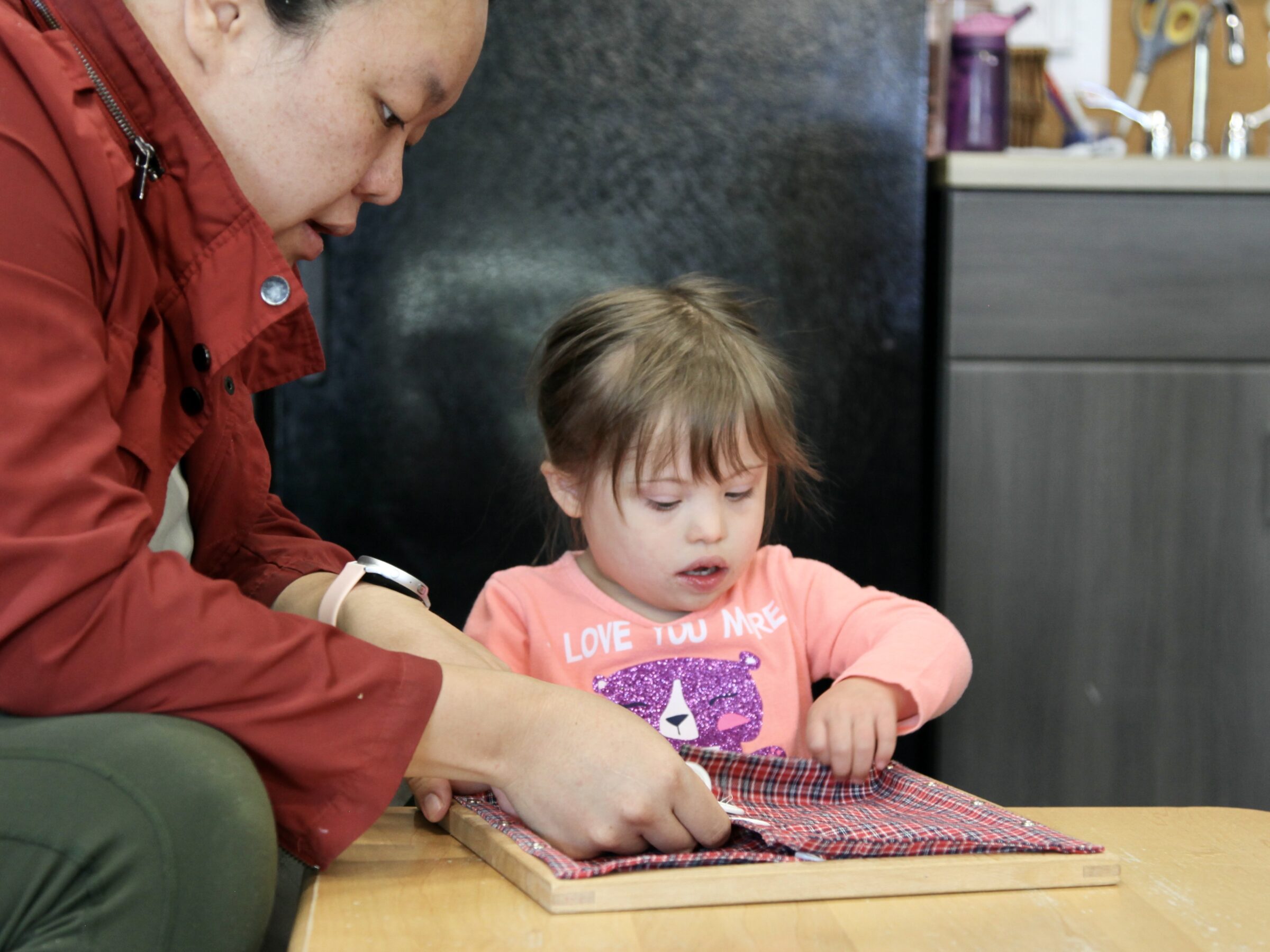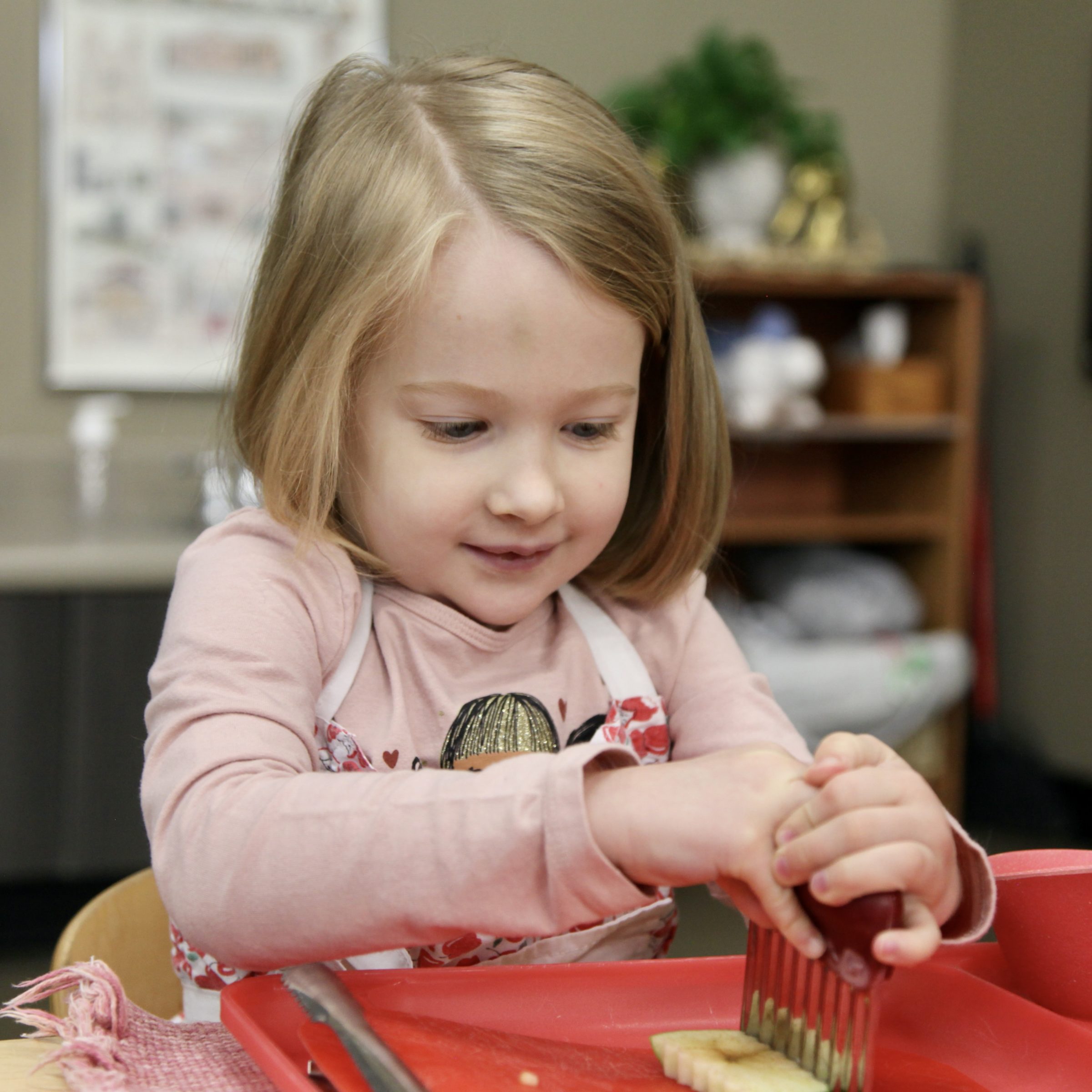Resolving Conflicts in Montessori
Thoughts & Reflections
Communication is an important part of human interaction. Right from the beginning of civilization, humans were striving to communicate and language was developed as they discovered that they could communicate differently than other animals.
Development of language is such a big leap in the evolution of humankind. Children learn to communicate with their primary caregivers right from the moment they are born. As they grow they absorb language around them, but it takes a few years until a child can use language in the proper form, by using appropriate words and constructing a sentence. Language is used to communicate needs and desires as well as for self expression of their feelings and emotions.
When there is a conflict between children, how do they communicate? As adults, how can we empower them and enable them to resolve their conflicts graciously? In a Primary Montessori classroom the youngest child – who is around 2.5 to 3 years of age – is usually speaking his language but it may not be fully formed.
As the sensitive period is strong for the acquisition of language and the child learns to articulate the words they have absorbed from the environment, there are moments of stress and frustration, where they might find themselves unable to find the right words.
We help the children to assess the situation by talking to them. If they are engaged in any harmful or disruptive behavior they are graciously or politely removed from the area. Asking questions like, “would you like to tell Johnny what is bothering you, or would you like to say how you feel when Johnny pushes you?” and then assisting the other child to verbalize his or her feelings.
“Language is used to communicate needs and desires as well as for self expression of their feelings and emotions.”
If there is a conflict over who will eat snack first, or who will work with a particular material first, we help them to identify the problem and then provide them with the language needed to express their feelings,. This can serve to validate the children’s feelings, and then help to find a peaceful solution.
The solution may be different in different instances. For example, if two children are in conflict about using the library, they come to terms with the idea of taking turns. If there is a conflict over choosing a material, they can help each other find another work while one of them is working on choosing materials and so on. Children thus feel confident as well as there is a feeling of contentment when they are actively being a part of finding a solution.
Dr. Montessori always said, “watch and observe.” Observing a situation carefully without rushing to intervene is the key to a peaceful conflict resolution.
By Sonia Khanvilkar
Written by:
Baan Dek



